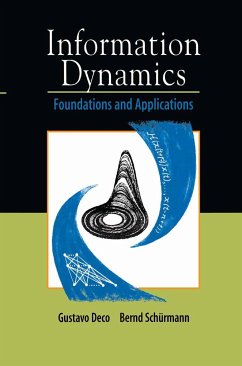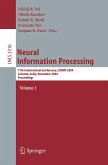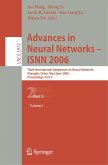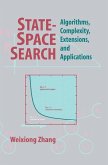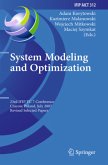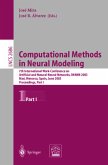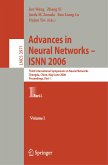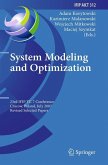- Introduction
- Dynamical Systems Overview
- Statistical Structure Extraction in Dynamical Systems: Parametric Formulation
- Applications: Parametric Characterization of Time Series
- Statistical Structure Extraction in Dynamical Systems: Nonparametric Formulation
- Applications: Nonparametric Characterization of Time Series
- Statistical Structure Extraction in Dynamical Systems: Semiparametric Formulation
- Applications: Semiparametric Characterization of Time Series
- Information Processing and Coding in Spatio-Temporal Dynamical Systems
- Applications: Information Processing and Coding in Spatio-Temporal Dynamical Systems
- Appendixes A,B,C,D
- References.
This book originated from a forefront R&D project pursued at Siemens Corporate Technology over the past several years. As a name for this project, we chose "Information Dynamics", which stands for information processing in complex dynamical systems. In the project, we wanted to grasp the flow of information in such systems in a quantitative manner, on the one hand by making use of an existing arsenal of methods and techniques from areas such as information theory, mathematical statistics, neural networks, nonlinear dynamics, probability theory, and statistical physics, and on the other hand by deriving new methods and techniques if required. The book contains only those contributions to the above-mentioned project which lend themselves to a unifying theoretical framework. Other important results obtained in the project, such as the extension of transport-theoretic techniques and their application to optimizing traffic flow, or the design of new neural network architectures for treating systems at the edge of chaos with applications in economics, are left out. This certainly is a sacrifice, but we think it is of benefit to the reader that we tried to be as focused and self contained as possible.
- Dynamical Systems Overview
- Statistical Structure Extraction in Dynamical Systems: Parametric Formulation
- Applications: Parametric Characterization of Time Series
- Statistical Structure Extraction in Dynamical Systems: Nonparametric Formulation
- Applications: Nonparametric Characterization of Time Series
- Statistical Structure Extraction in Dynamical Systems: Semiparametric Formulation
- Applications: Semiparametric Characterization of Time Series
- Information Processing and Coding in Spatio-Temporal Dynamical Systems
- Applications: Information Processing and Coding in Spatio-Temporal Dynamical Systems
- Appendixes A,B,C,D
- References.
This book originated from a forefront R&D project pursued at Siemens Corporate Technology over the past several years. As a name for this project, we chose "Information Dynamics", which stands for information processing in complex dynamical systems. In the project, we wanted to grasp the flow of information in such systems in a quantitative manner, on the one hand by making use of an existing arsenal of methods and techniques from areas such as information theory, mathematical statistics, neural networks, nonlinear dynamics, probability theory, and statistical physics, and on the other hand by deriving new methods and techniques if required. The book contains only those contributions to the above-mentioned project which lend themselves to a unifying theoretical framework. Other important results obtained in the project, such as the extension of transport-theoretic techniques and their application to optimizing traffic flow, or the design of new neural network architectures for treating systems at the edge of chaos with applications in economics, are left out. This certainly is a sacrifice, but we think it is of benefit to the reader that we tried to be as focused and self contained as possible.

